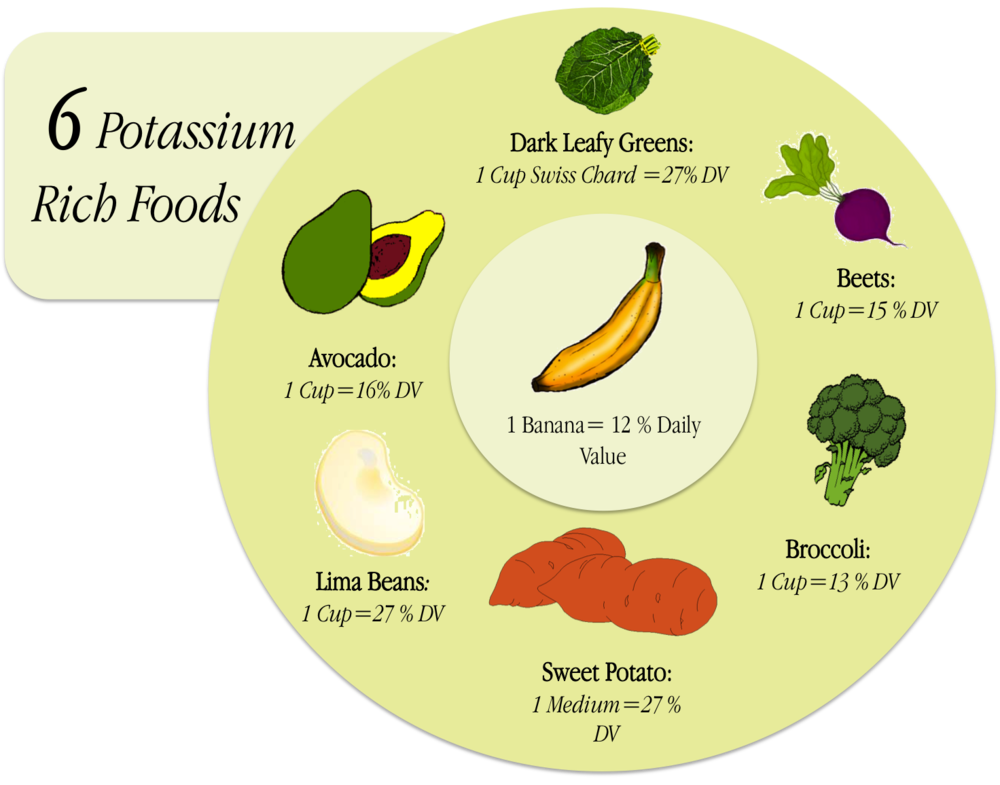Does Potassium Prevent High Blood Pressure?
A new study shows teenagers who had a steady diet high in potassium can prevent high blood pressure in adulthood. The study also concluded that a low-salt diet had no effect, which may come to a surprise to many.
This study followed the eating habits as well as blood pressure of 2,185 0 and 10 year old girls for up to 10 years each. Though many people have focused on limited their sodium intake, the study showed that it had no long-term effect on these particular girls’ blood pressure. The girls who had diets which were high in potassium, actually had lower blood pressure than those girls who ate fewer potassium rich foods.
The lead author of the study, Lynn L. Moore, is an associate professor of medicine at Boston University. Ms. Moore said the findings were very important because nutrition recommendations often focus on reducing sodium intake to improve blood pressure, however, she does not believe this to be the case. The study, which was published in JAMA Pediatrics, suggests teenagers should focus on potassium rich foods and not worry as much about sodium.
You may be surprised how many teenager-friendly foods are a good source of potassium. For snacks, a banana has 420 milligrams of potassium, and a snack-size box of raisins has about 350 milligrams. A whole baked potato or potato skins (about 700 milligrams) and baked sweet potato fries (about 500 milligrams) are good sources of potassium. Guacamole from one avocado will have about 900 milligrams or more of potassium. A serving of low-fat yogurt will have more than 500 milligrams of potassium; adding fruit will increase the potassium even more. For teenagers with a taste for leafy greens, spinach and kale are packed with 800 to 900 milligrams of potassium per serving. Kiwi, nectarine, papayas and even dried coconut all have good amounts of potassium.
The recommended intake of potassium is 4,700 milligrams a day, but only a small percentage of people achieve that, Dr. Moore said.




















